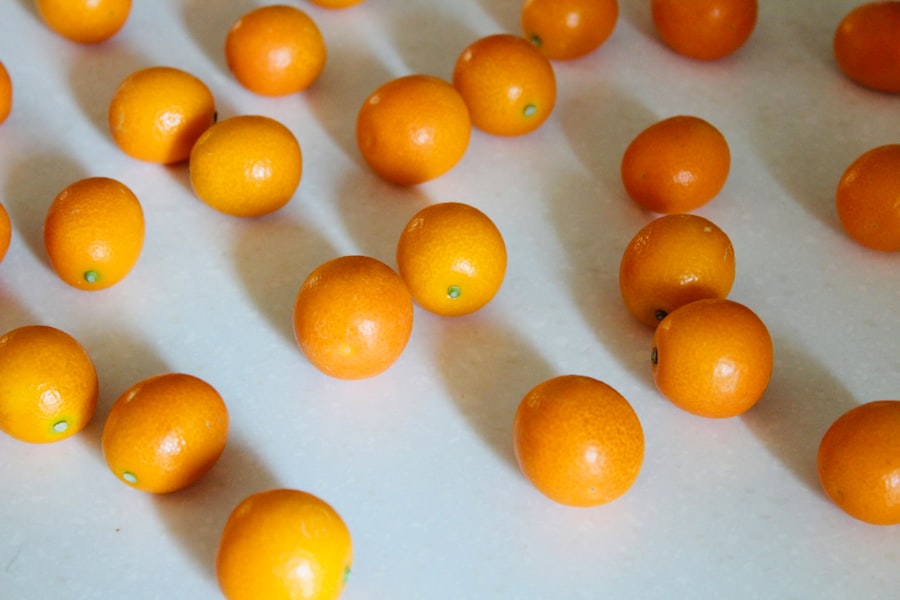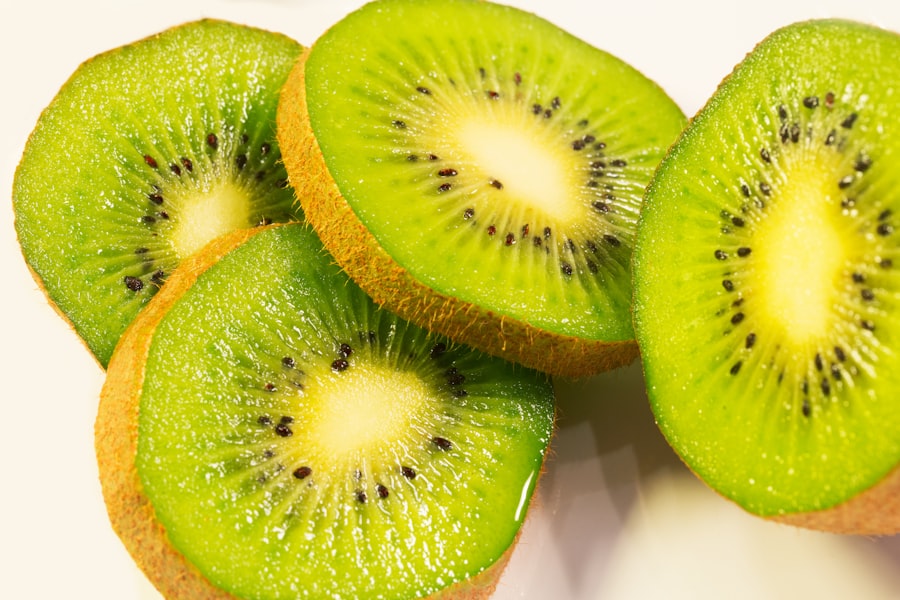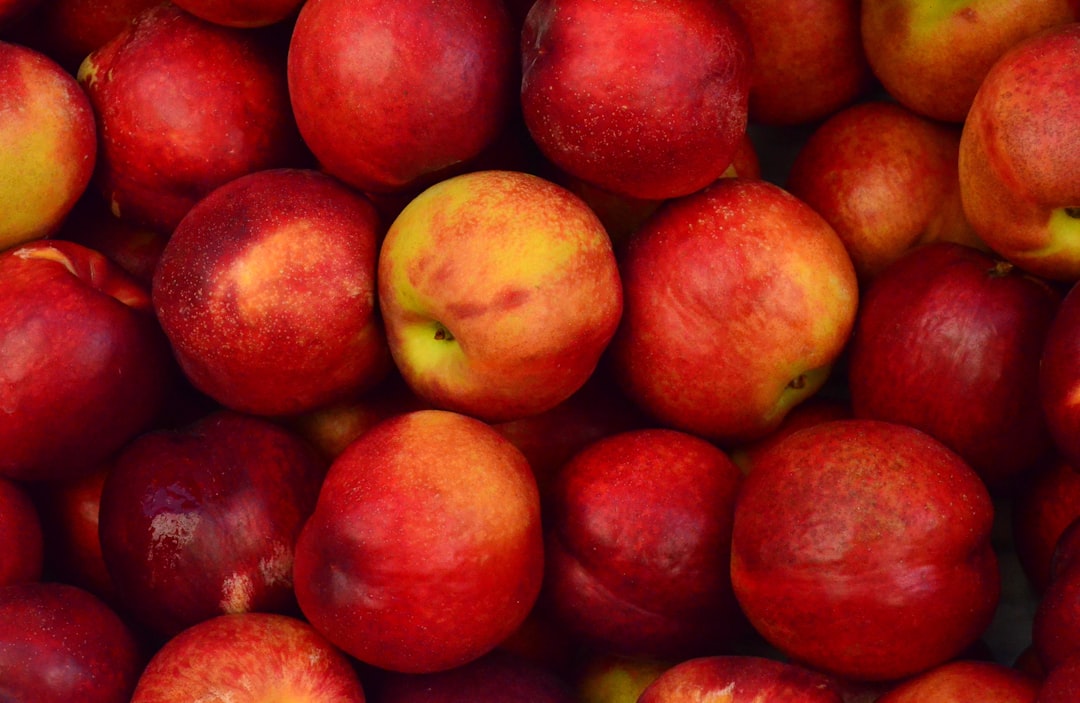Fresh fruit plays a pivotal role in a balanced diet, offering a plethora of health benefits that are hard to overlook. Rich in vitamins, minerals, and antioxidants, fresh fruits contribute significantly to overall well-being. They are low in calories and high in fiber, making them an ideal choice for those looking to maintain a healthy weight.
Regular consumption of fresh fruit has been linked to a reduced risk of chronic diseases such as heart disease, diabetes, and certain types of cancer. The vibrant colors and diverse flavors of fruits not only make meals more enjoyable but also encourage individuals to incorporate more plant-based foods into their diets. Moreover, fresh fruit is a natural source of hydration, providing essential fluids that help maintain bodily functions.
The high water content in many fruits, such as watermelon and oranges, aids in keeping the body hydrated, especially during hot weather or after physical activity. Additionally, the natural sugars found in fruits offer a quick energy boost without the negative effects associated with processed sugars. By choosing fresh fruit over sugary snacks, individuals can satisfy their sweet cravings while nourishing their bodies with essential nutrients.
Key Takeaways
- Fresh fruit offers essential nutrients and health benefits.
- Look for firmness, vibrant color, and absence of bruises to identify freshness.
- Buying seasonal and local fruit ensures better taste and supports the environment.
- Proper storage at home extends fruit shelf life and maintains quality.
- Supporting sustainable farming practices helps protect the planet and future harvests.
Signs of Freshness
Identifying fresh fruit is crucial for ensuring quality and taste. One of the most apparent signs of freshness is the appearance of the fruit itself. Fresh fruits typically exhibit vibrant colors and a firm texture.
For instance, ripe strawberries should be bright red without any signs of mold or bruising, while bananas should have a smooth peel without dark spots. The absence of blemishes or soft spots often indicates that the fruit has been recently harvested and handled with care. In addition to visual cues, the aroma of fresh fruit can also be a telling sign of its quality.
Many fruits emit a sweet, fragrant scent when they are ripe and ready to eat. For example, peaches and pineapples release a delightful aroma that signals their freshness. Furthermore, the feel of the fruit can provide insight into its ripeness; a gentle squeeze can reveal whether the fruit is firm or overly soft.
By paying attention to these signs, consumers can make informed choices when selecting fresh fruit.
Seasonal Availability

The availability of fresh fruit varies throughout the year, influenced by seasonal changes and regional climates. Understanding which fruits are in season can enhance both flavor and nutritional value. Seasonal fruits are often harvested at their peak ripeness, resulting in better taste and texture.
For instance, summer brings an abundance of berries, peaches, and melons, while fall introduces apples, pears, and citrus fruits. By consuming fruits that are in season, individuals can enjoy the freshest options available while also supporting local agriculture. Moreover, eating seasonally can have environmental benefits.
When fruits are grown locally and harvested at the right time, they require less transportation and storage, reducing their carbon footprint. This practice not only promotes sustainability but also encourages consumers to explore a wider variety of fruits throughout the year. By embracing seasonal availability, individuals can expand their palates and discover new flavors while contributing to a more sustainable food system.
The choice between local and imported fruit often comes down to factors such as taste, freshness, and environmental impact. Local fruits are typically harvested at their peak ripeness and delivered to markets quickly, ensuring maximum freshness and flavor. Consumers who prioritize taste often find that locally grown fruits offer superior quality compared to their imported counterparts.
Additionally, supporting local farmers fosters community relationships and strengthens local economies. On the other hand, imported fruits can provide access to a wider variety of options that may not be available locally due to climate constraints. For example, tropical fruits like mangoes and papayas are often imported from warmer regions where they thrive year-round.
While these fruits can be delicious and nutritious, they may not always be as fresh as local varieties due to longer transportation times. Ultimately, consumers must weigh the benefits of supporting local agriculture against the desire for diverse fruit options when making their purchasing decisions.
Where to Shop for Fresh Fruit
| Shopping Location | Freshness Quality | Variety of Fruits | Price Range | Convenience | Organic Options |
|---|---|---|---|---|---|
| Farmers Market | Very High | High | Moderate to High | Moderate | Many |
| Supermarket | Moderate | Very High | Low to Moderate | High | Some |
| Specialty Fruit Stores | High | Moderate | High | Moderate | Some |
| Online Fruit Delivery | Moderate to High | High | Moderate to High | Very High | Many |
| Local Grocery Stores | Moderate | Moderate | Low to Moderate | High | Few |
Finding high-quality fresh fruit requires knowing where to shop. Farmers’ markets are often considered one of the best places to find fresh produce directly from local growers. These markets typically feature seasonal fruits that have been recently harvested, allowing consumers to enjoy peak flavor and freshness.
Additionally, shopping at farmers’ markets supports local economies and encourages sustainable farming practices. Grocery stores also offer a wide selection of fresh fruit; however, the quality can vary significantly between different retailers. Specialty grocery stores or organic markets often prioritize sourcing high-quality produce and may have stricter standards for freshness compared to larger chain supermarkets.
Consumers should consider exploring various shopping options to find the best sources for fresh fruit in their area.
Inspecting Fruit at the Store
When shopping for fresh fruit at the store, it is essential to take the time to inspect each piece carefully. A thorough examination can help identify any signs of spoilage or damage that may affect quality. Shoppers should look for uniformity in color and size; irregularities may indicate that the fruit is overripe or past its prime.
Additionally, checking for firmness is crucial; ripe fruit should yield slightly when pressed but should not feel mushy or overly soft. Another important aspect of inspecting fruit is examining its skin for blemishes or bruises. These imperfections can indicate that the fruit has been mishandled or is beginning to spoil.
For certain fruits like apples or pears, shoppers should also check for any signs of wrinkling or shriveling, which can suggest that they are no longer fresh. By taking these steps to inspect fruit at the store, consumers can ensure they are selecting the best quality options available.
Asking the Right Questions

When shopping for fresh fruit, asking questions can provide valuable insights into the quality and sourcing of the produce. Shoppers should not hesitate to inquire about where the fruit was grown and how long it has been on display.
Additionally, consumers may want to ask about the ripeness of certain fruits. For example, if someone is looking for avocados or peaches that are ready to eat immediately, asking staff for recommendations on which pieces are at their peak ripeness can be helpful. Engaging with store employees not only enhances the shopping experience but also empowers consumers to make informed choices about their purchases.
Storing Fresh Fruit at Home
Proper storage is essential for maintaining the freshness of fruit once it has been brought home. Different types of fruit have varying storage requirements; some thrive in cool environments while others do best at room temperature. For instance, berries should be stored in the refrigerator to prevent spoilage, while bananas are best kept at room temperature until they ripen fully.
In addition to temperature considerations, it is important to store fruits separately when possible. Certain fruits emit ethylene gas as they ripen, which can accelerate spoilage in nearby produce. For example, placing apples next to bananas can cause the bananas to ripen too quickly.
By understanding how to store fresh fruit properly at home, individuals can extend its shelf life and enjoy it at its best.
Understanding Ripeness
Understanding ripeness is crucial for enjoying fresh fruit at its peak flavor and texture. Each type of fruit has its own indicators of ripeness; for example, avocados should feel slightly soft when gently squeezed, while peaches should yield slightly under pressure but still feel firm overall. Learning these signs can help consumers select fruits that are ready to eat or determine when they need additional time to ripen.
Additionally, some fruits continue to ripen after being harvested due to their natural ethylene production. This means that purchasing slightly underripe fruits can be advantageous if one plans to consume them later in the week. By allowing these fruits to sit at room temperature until they reach optimal ripeness, individuals can enjoy them at their best flavor profile.
Choosing the Best Varieties
When selecting fresh fruit, choosing the best varieties can enhance both taste and nutritional value. Different cultivars within a species may offer unique flavors or textures; for instance, heirloom tomatoes often boast richer flavors compared to standard varieties. Exploring various types of fruits can lead to delightful discoveries and elevate culinary experiences.
Moreover, consumers should consider opting for organic varieties when possible.
While organic options may sometimes come with a higher price tag, many individuals find that the enhanced flavor and peace of mind regarding chemical exposure make them worth the investment.
Supporting Sustainable Practices
Supporting sustainable practices in fruit production is increasingly important in today’s world. Consumers have the power to influence agricultural practices by choosing locally sourced and organic options whenever possible. By purchasing from farmers who prioritize sustainable methods—such as crop rotation and reduced pesticide use—individuals contribute to healthier ecosystems and promote biodiversity.
Additionally, reducing food waste is another critical aspect of sustainability in fruit consumption. By planning meals around seasonal availability and understanding proper storage techniques, consumers can minimize waste and ensure that they make the most out of their purchases. Embracing sustainable practices not only benefits individual health but also fosters a more resilient food system for future generations.
In conclusion, fresh fruit holds immense importance in promoting health and well-being while offering a delightful array of flavors and textures. By understanding how to identify freshness, navigate seasonal availability, choose between local and imported options, shop wisely, inspect carefully, ask pertinent questions, store properly at home, comprehend ripeness indicators, select optimal varieties, and support sustainable practices, consumers can enhance their experience with fresh fruit significantly. Through these efforts, individuals not only nourish themselves but also contribute positively to their communities and the environment.
When it comes to shopping for truly fresh fruit, understanding the best practices can make all the difference in your selection. For more insights on this topic, you can check out the article on how to choose the freshest produce available at this link. By following the tips outlined in the article, you’ll be better equipped to pick fruits that are not only delicious but also packed with nutrients.
WATCH THIS! The 100-Year Lie That Built Your Grocery Store — The Hidden Truth About “Fresh” Produce
FAQs
How can I tell if fruit is truly fresh?
Fresh fruit typically has vibrant color, a firm texture without soft spots or bruises, and a pleasant, natural aroma. Avoid fruit that looks shriveled, has mold, or emits an off smell.
What are the best places to buy fresh fruit?
Farmers’ markets, local orchards, and grocery stores with high turnover and good produce sections are ideal for fresh fruit. Buying seasonal fruit from trusted sources often ensures better freshness.
How does seasonality affect fruit freshness?
Fruit that is in season is usually fresher because it is harvested at peak ripeness and has a shorter time between picking and sale. Out-of-season fruit may be imported or stored longer, reducing freshness.
Should I wash fruit before or after buying?
It is best to wash fruit just before eating or using it to maintain freshness and prevent spoilage. Washing before storage can introduce moisture that promotes mold growth.
How should I store fresh fruit to keep it fresh longer?
Store fruit according to its type: some fruits like apples and berries do best refrigerated, while others like bananas and citrus can be kept at room temperature. Keep fruit dry and separate from vegetables to avoid ethylene gas exposure that speeds ripening.
What are signs that fruit is no longer fresh?
Signs include soft spots, discoloration, mold, an unpleasant odor, and a mushy texture. These indicate the fruit is past its prime and may not be safe to eat.
Is organic fruit fresher than conventional fruit?
Organic fruit is not necessarily fresher; freshness depends more on how recently the fruit was harvested and how it was handled and stored rather than whether it was grown organically.
Can I buy frozen fruit as a fresh alternative?
Frozen fruit is picked at peak ripeness and quickly frozen, preserving nutrients and flavor. While not fresh in the traditional sense, it can be a good alternative when fresh fruit is out of season or unavailable.
